We think we’re doing our dance for a public audience, a potential buyer for the book we did the cover for, the film we did the poster for, or the band we did the LP art for… but what we often tend to forget, is the most important audience: the Art Directors, Editors, Publishers and Author/Creators that we work WITH while we’re working for the job. It’s this second audience you’re dancing for that will determine your lengthy and rich career or not, so it’s important to keep them well in mind as you work.
When you’re working professionally as an illustrator, it’s all too easy to be laser focused on the audience your work or project will be seen by. Especially if you’re working say on something that already has a devoted fanbase or audience- Star Wars, Twin Peaks, Harry Potter… whatever. There’s a natural desire to cater or at the very least pay heed to that crowd, especially so in these days of social media where audience responses are near-immediate. Even the publishers see this [particular wing of audience response with enormous importance- and rely upon it maybe all to much. There’s a short term thinking, quick reward part of our thing that has become hyper extended due to the internet thing as a result. We get used to immediate feedback, and get used to a very particular type of feedback- that excludes others we used to enjoy more. We learn how to battle trolls to ignore pure grotesque nastiness, and take it in stride. We learn to navigate obsessive fandom, harassing love and over enthusiasm in a. direct and immediate way that we used to be more shielded from. Unfortunately the extremes rob us of quieter more impactful responses like a hand written letter by a kid whose imagination you lit on fire with your graphic novel, or children’s picture book. A sweet personal encounter with a reader or fan that is genuinely sweet and earnest and clearly meaningful to them.
Regardless, these are all short term based benefits- the applause or scorn of the audience as reaction. It’s part of our thing, and some of us handle it better than others, do the publicity thing more than others, and that’s all fine and good and a personal choice. It’s not an easy thing to dance with the audience as the work, if you really commit to it, leaves sort of naked before them. Exposed. It’s the artist’s ego in full effect, and the ego likes and desires personal gratification more than any other part of yourself. This is not the audience we want to focus on today.
The other audience, the one I think if more essential to your long term career, is the one right next to you while you work on the project. They’re the ones who you want to impress the most if you want to work again with them later. You can be kind of a dick, or a vamping boa-tossing egomaniac and the public audience will forgive that a bit- even delight in it to a degree. Hell even your publisher, if you’re a big enough star, will suffer your ridiculousness even it brings home the bacon. (tectonically less so if you’re not this rare breed of success, and frankly even then, not as much as you might think for the super stars). But with the people you work with, zero tolerance for that hot mess. and rightly so.
The gatekeepers to your career aren’t really the number of Instagram followers you have, or if you trend on twitter, or some other high profile thing. The gatekeepers, the people that you work with when you do this work, they want you to be professional, kind friendly- even fun if you can swing it, and do your job well. If you can do a better job than they expected all the better, and if you can do all that and turn the work in on time and repeat that act… that is the audience you want to please the most. It’s the long game where the rubber truly meets the road, and your ego has almost nothing to do with it. I have had SO many conversations where a designer/AD/editor is telling me they won’t hire out even a superstar artist for a project because they artist won’t take edits, or refuses to follow the brief, or becomes hard to reach or resistant to edits just because they don’t want to be bothered with them. It just puts these folk in a bad place as arbiters between the artist and the licensor or the studio, or writer they are bridging between. It makes their job harder and they will, next time, try and find a better way to bridge a project than use your rickety problematic ropey passage.
As much as you might get a lot of feedback, or even a rolling flood of likes and positive responses, shares and retweets from the public, the author writing to you personally with their regards, or the director reaching out, or actors, or even just your own folk in editing and production applauding your work… to me at least means more than anything else as a value. Impressing those people who were their for the whole process… saw you put on your underwear, pull yup your socks, change your mind about the shirt or your dress… getting them to applaud you in the end after seeing all that sausage being made is a real and true thing of beauty. And the tactical benefit is it imprints upon them a sense of joy and success when working with you they will want to repeat. I’m currently running at least 9/10 of my current jobs with repeat customers, directors that called me back in, publishers and companies I’ve been working for for years. They are the tick tick ticking off your career, these relationships. If they’re well earned, well treated and maintained, they are a thing of pure beauty. You know each other you trust each other and the work sings stronger because all your time at work is on the execution of the best you all can do to make the project sing. NO one in our thing takes on this work without love for it motivating, not anyone that’s good at it at least. Yes you will bump into folk that are there as a pitstop in their climb to the top floor offices, or it’s just a paycheck for them… those are not the ones I’m talking about. You dance well for the right people who possess the power to hire you again, that’s how your career is built.
This is more true than ever when a project collapses or goes pear shaped on you. Which happens. For any number of reasons a project can just turn to absolute crap, sometimes ending in a kill fee and bait-cutting or a grinding horrid mediocre engage with a compromised thing that thrills and satisfies no one, but offends the least and gets called a win. Sticking the landing, rolling with the punches and delivering your best possible work, even if you are utterly prevented from bringing your best, matter more than you know. The smart people you work with know the disaster unfolding, and witness how you engage with it- become another fire they have to put out, or contribute to the one that threatens the whole project… they see that, and they remember that. Even a project that collapses or fails doesn’t necessarily bring it’s stink to you, the artist. In fact if you handle it right, you can actually come out of a car-storm with more red and regard than when you went into it simply based on HOW you behaved in times of trouble. I’ve been in so many of these things, and found in the end, keeping this audience in mind as I deal, helps me survive it. Because how you are in a crisis teaches these folk your worth to them when the next one crops up. and there’s ALWAYS a next one. (rare is the shitstorm project that is seen as one incoming and taken on anyway- these almost always blossom despite the incoming hope and interest… they are almost always a surprise).
Even if the people in principle power there are part of that turgid unfurling, their assistant, or up and comer production aid are watching too… So not only are the gatekeepers your audience for now in terms of your work birthing more work, these young bloods are going to grow up to be those people later, and they are watching you too. I have worked for a dozen or more editors and ADs now that were assistants or whatever on some past project years prior. I’ve had editors flame out dramatically on a project, or get fired and their assistant get promoted into shepherding their catastrophe that have become friends and work partners for years. You just never know, but in this regard assume someone is watching how you do, what you do and how well you do or do not do it, that can bring forth fruit at a later date, or nothing. And always remember, whatever industry you’re in, it’s a LOT smaller than you think it might be. They ALL talk, they all rise up the ranks moving from publisher to publisher or studio to studio, and they share your legend, good or ill, with each other all the time. There’s all sort of secret black lists amongst them that result in certain creatives not being hired over and over again because they were gross or behaved terribly or were just unprofessional boobs on a past project. “Hey, friend, I’d think twice about hiring Artist X for this project- you should have seen what we went through with her on Project Y” is a refrain never public but ubiquitous in the halls of the workplace.
And finally another benefit of showing up for your audience choosing your battles well and succeeding with the work more and more, is the greater agency, freedom and power afforded you for the next thing. You do well, like as not your work will get expanded. The job could extend into chapter book illustrations beyond just the cover, or include some design work where you get to show off what you can do. I’ve had the gift of being given near carte blanche on certain projects that let me extend wildly outward and design whole packages that have by some miracle, landed well, and then led to immediate hires to do more again later, or answer a particular work request or project hope because they feel like A: it’s fun as hell to work together and B: whatever it becomes it’ll be better than they hoped and on time as they needed.
So while you’re getting understandably caught up in your audience responses, catching a fad of the times or soaking up the reader’s love for your work- (again ALL good on that front. Please enjoy and soak that up- it’s important to not just live in a perpetual state of criticism. Take the damned win, and bask while you can), remember that the audience that will give you the most agency in connecting with that crowd aren’t in those seats. THey’re behind the stage curtains hauling the ropes, working the lights and making sure the sound works. The public audience may not see them, but this audience working alongside you, can be your most essential so repeat the process and keep you in front of the public.


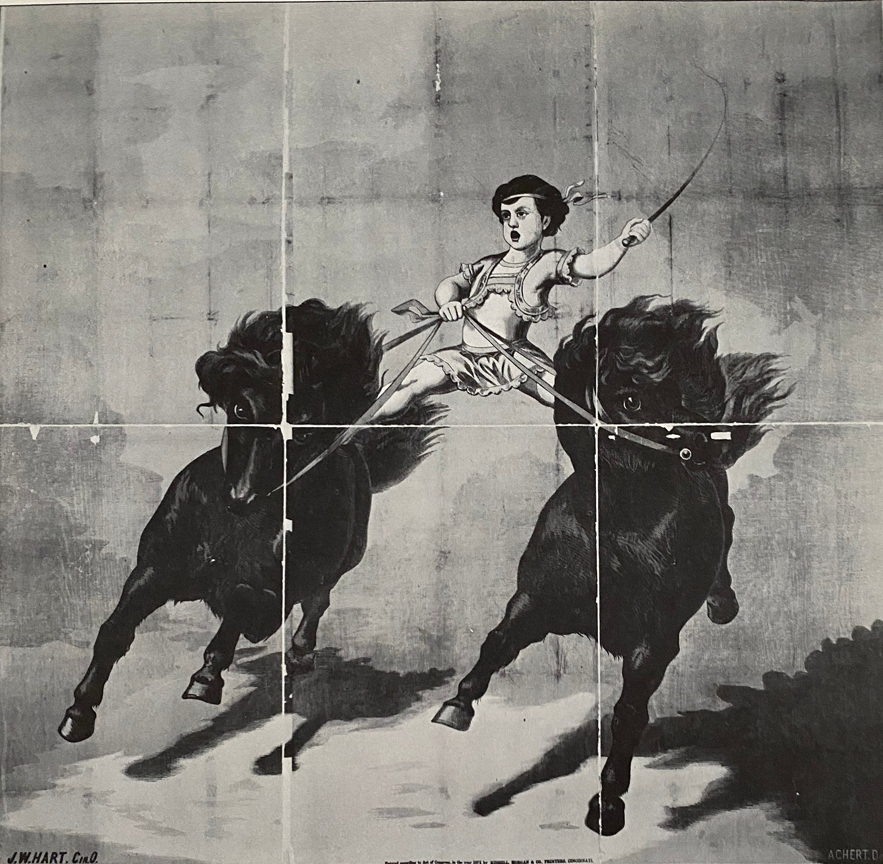



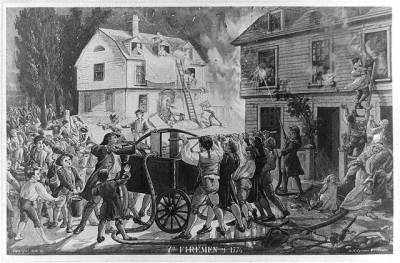
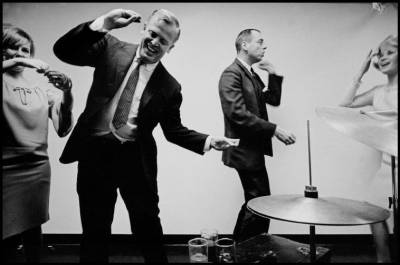


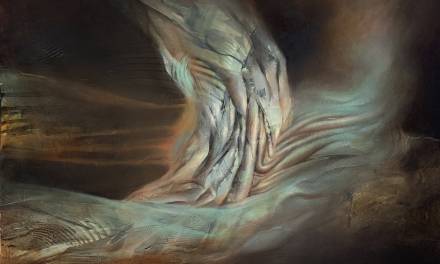
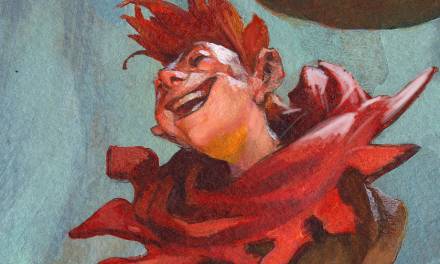

Doing homework in medical universities requires a huge amount of time and effort. Not all students are able to do everything on time, which affects their overall academic performance. Therefore, I have found a service for you that will help you get rid of at least part of nursing homeworks. On this site you can give your homework to professional writers with years of experience, who will do it for you quickly and incredibly well. In the end, you will get a finished work and free your time for more important and interesting things, isn’t it wonderful?
Good evening. Juggling work and studies was becoming unmanageable until I discovered this pro essay writing service. Their team’s professionalism and skill in crafting essays were a game-changer for me, turning a source of stress into a manageable task. If you’re struggling to keep up with your workload, this service provides the support and quality you need to stay on track.
wewffwefwefwefw